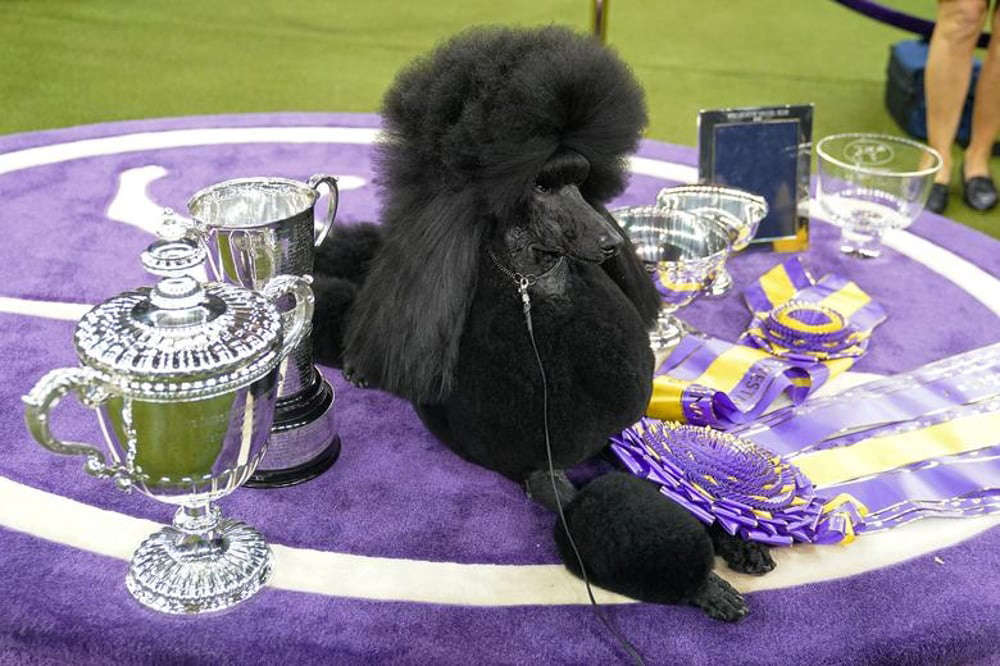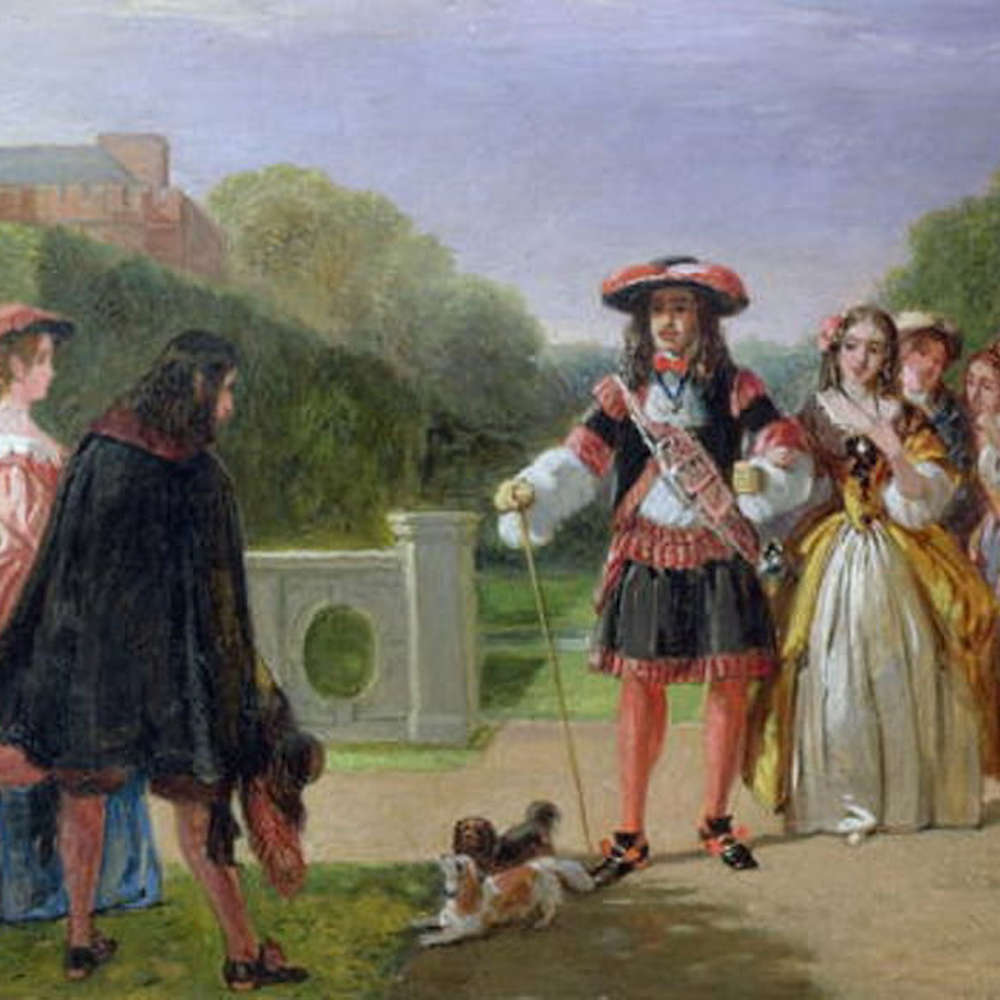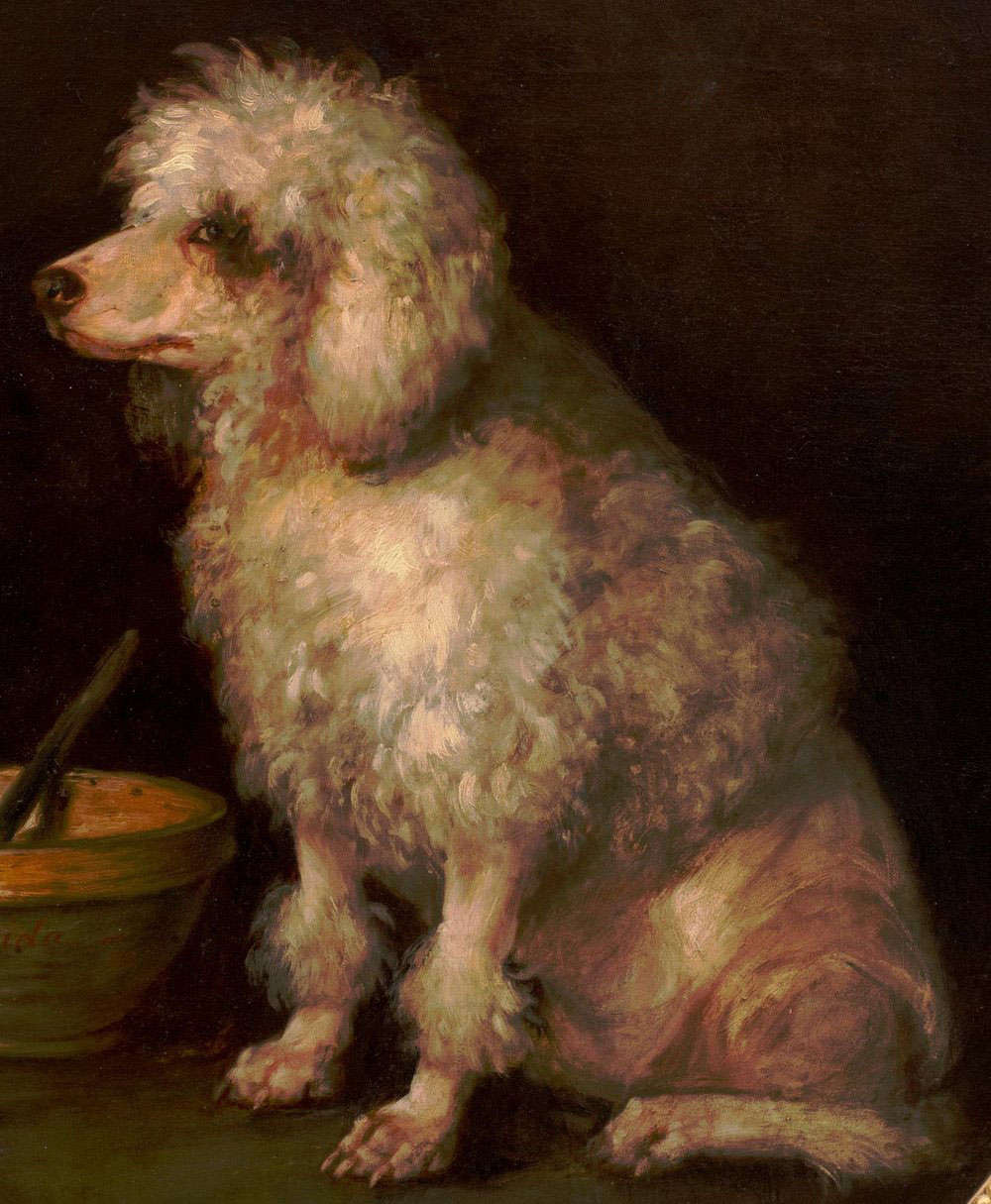
History of the Poodle
The earliest records of poodles dates back to the 14th century. Their country of origin is contested but despite being dubbed the French Poodle it is generally agreed upon by experts that they in fact decended from Germany. The word poodle comes from German word “pudelen” which translates to “to splash in water”.

Poodles were bred as hunting dogs. They were especially good at hunting water fowl and are still used by some hunters today. In France poodles are referred to as “caniche” which is derived from “cane” meaning female duck. Many see the fluffy beautiful coat of this majestic dog and believe it is a fashion statement. These people would be wrong as the poodle cut is ment for function, not fashion. Hunters would cut their poodles hair to help them to move faster in the water when retrieving ducks but found that Poodles were not very susceptible to the cold. With this in mind they left hair covering the vital organs and joints of the dogs thus creating the Poodle cut.
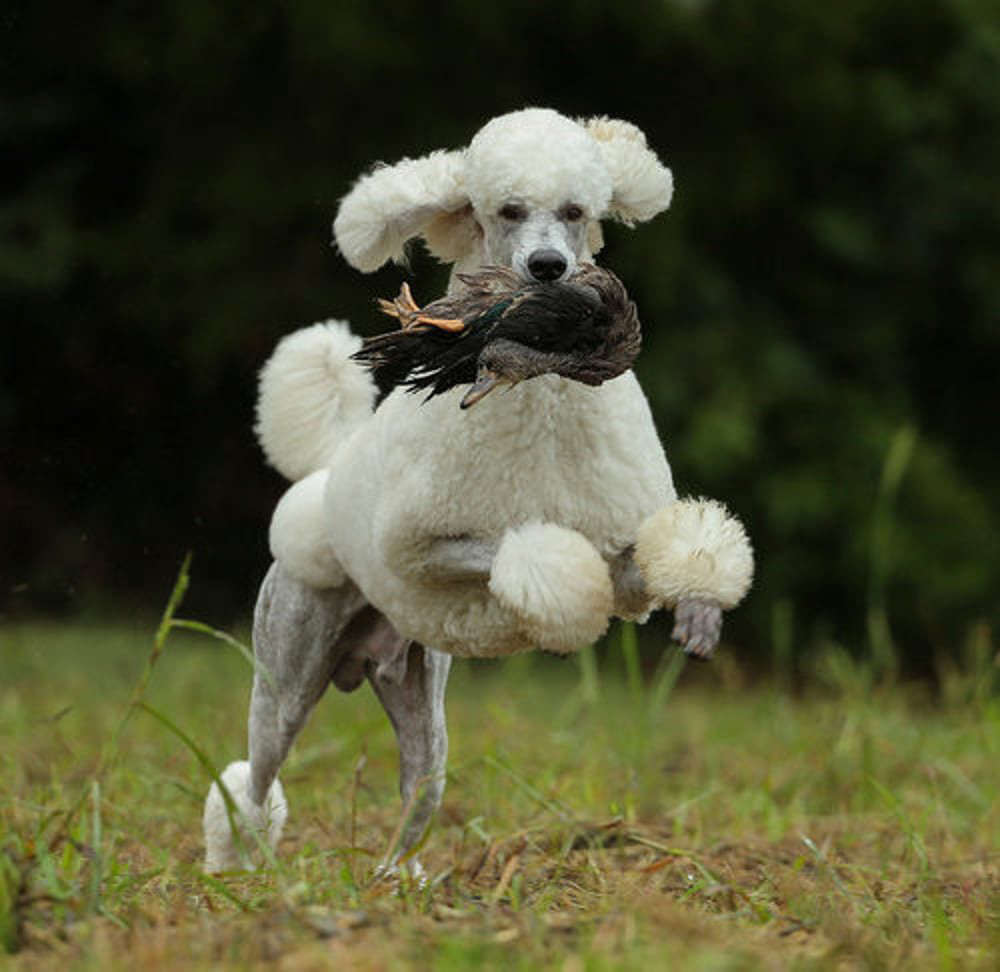
The original poodles was large, or standard as we refer to them today. Throughout the years breeders bred only the smallest poodles to create the miniature poodle and the tiny toy poodle. The miniature poodle was often used as a truffle hunter due to their keep sence of smell and small paws that could dig up the valuable treasures without damaging them. The toy poodle was bred as a companion dog. The FCI (Fédération Cynologique Internationale) has a fourth size (medium) which is smaller than standard and larger than miniature.

Poodles were owned by Royalty and upper class society such as King Louis XIV The French “Sun King.” The King was the proud master of a toy poodle named Filou, which means “trickster” or “rascal” in French. Filou wasn’t King Louis XIV’s only toy poodle, but was credited as one of the King’s first toy poodles and is considered his favorite. Well-to-do owners in the Renaissance often carried their Toy Poodles in their large shirtsleeves, leading to the nickname “sleeve dogs.”
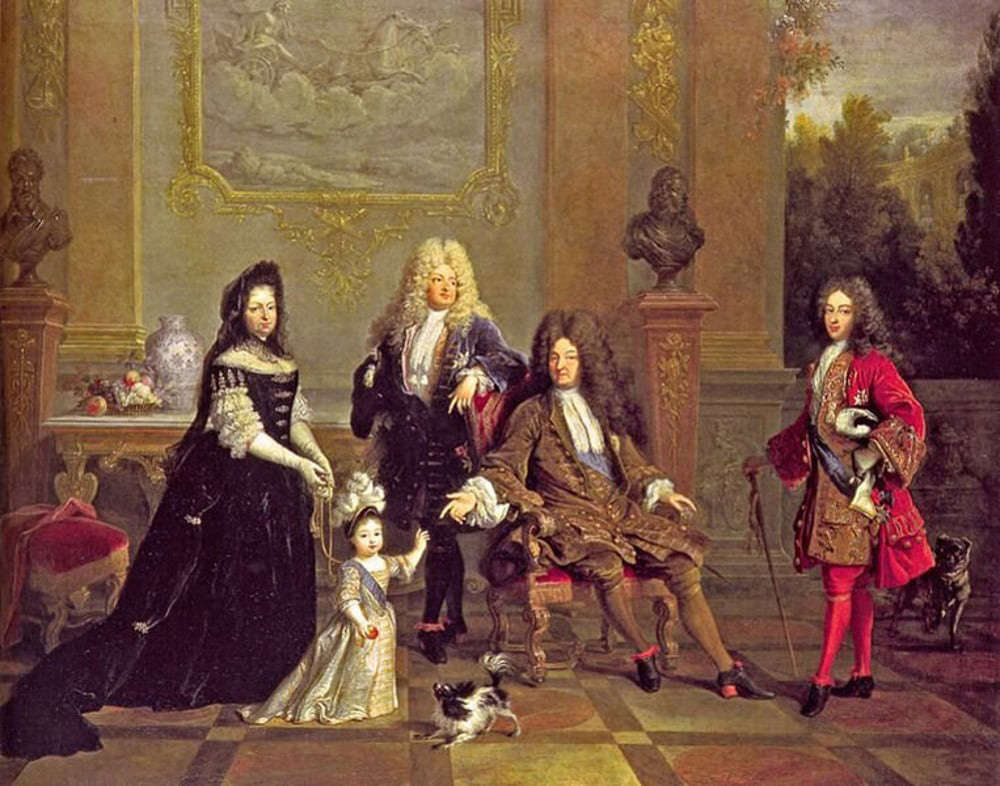
Gypsies and traveling performers learned that Poodles excelled in another canine profession: circus dog. They trained Poodles to perform tricks, dressing them in costumes and sculpting their coats into fanciful shapes to add to their stage appeal. Wealthy patrons took note and started clipping, decorating, and even dying their own Poodle companions. Poodles have also been used as working dogs in the military since at least the 17th century, most likely because of their highly intelligent, trainable nature and background as a gundog making them suitable to battlefields, as evidenced by their ability to be trained to ignore gunfire. During the English Civil War, Prince Rupert of the Rhine had a famous hunting Poodle he brought over with him from what is today Germany who would ride into battle with his master on horseback Napoleon Bonaparte wrote in his memoirs about the faithfulness of a grenadier’s pet Poodle who stayed with the body of his master at the Battle of Marengo. Today they are among the most popular service dog breeds.

The Kennel Club in England registered their first Poodle in 1874 and was one of the first breeds registered by the American Kennel Club in 1887 only 3 years after its creation. The Poodle Club of America was founded in 1896, but disbanded shortly thereafter. Poodle enthusiasts reestablished the club in 1931. In 1932, a “new” standard for the breed was approved by AKC and published.
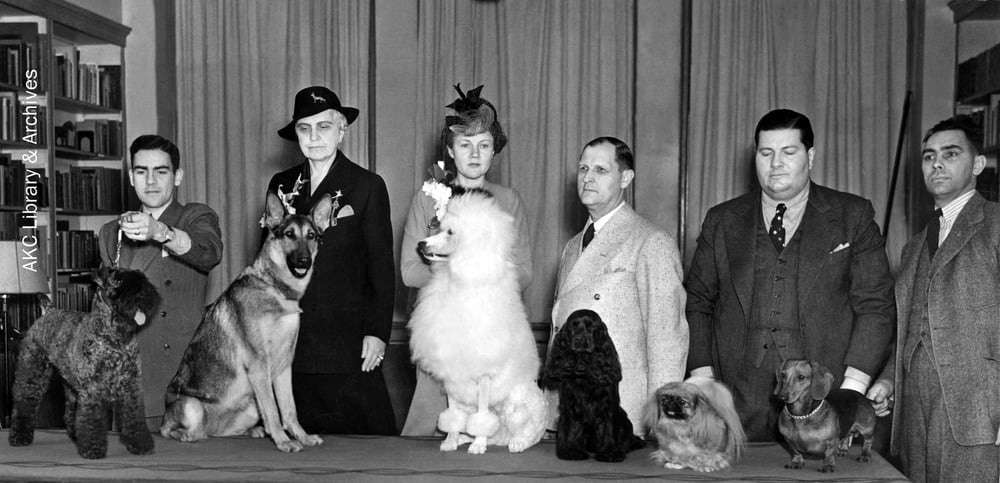
Poodles were fairly rare in the U.S. until after 1935 when the Poodle Champion Nunsoe Duc de la Terrace won best in show at Westminster. By the early 1960s the Poodle had become the most popular breed in the country, a position held for more than 20 years. Since 1935, Poodles have won best in show at Westminster 10 times, the second-most of any breed. As of 2012, the Poodle was the third-most popular FCI registered breed worldwide, after the Labrador Retriever and German Shepherd.
